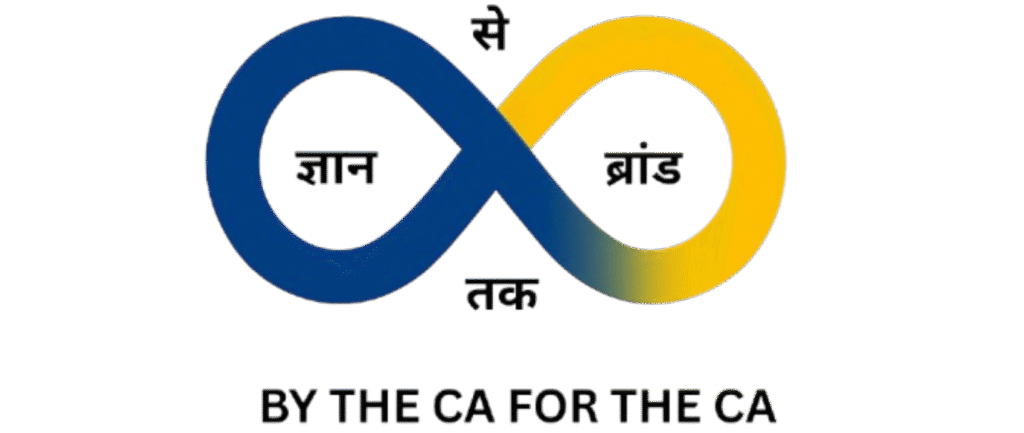Why Most Businesses Fail
Why Most Businesses Fail: A Practical Q&A on Financial Management
90% of business failures aren’t about poor products or bad luck. They’re about financial missteps. Here’s how to avoid them.
Q1: Why do most businesses fail?
A: The #1 cause is poor financial management.
Not sales. Not product quality. Not HR.
Over 90% of business closures happen because founders and teams misunderstand or ignore finance fundamentals.
Example: A company may keep selling aggressively without realizing it’s burning cash faster than it’s earning. No amount of sales saves you from poor cash flow planning.
Key Insight: Finance isn’t just for accountants. It’s embedded in every business decision, big or small.
Q2: Accounting vs. Financial Management — What’s the difference?
A: Accounting records what happened. Financial management decides what should happen next.
Accounting = History.
Financial Management = Strategy.
Example:
- Your accountant shows a Rs. 50 lakh profit.
- But you’re still struggling with cash? That’s a financial management issue.
Key Insight: You can outsource accounting. You can’t outsource financial wisdom.
Q3: What are the two golden rules for reading a balance sheet?
1. Don’t use short-term money for long-term assets.
2. Maintain a Current Ratio of at least 2:1.
Example: Using a credit card (short-term) to buy machinery (long-term)? That’s a trap.
A business should always have:
- Enough current assets to cover liabilities 2x over
- Enough liquid cash to cover liabilities 1x
Key Insight: Short-term loans must fund short-term needs. Anything else invites disaster.
Q4: Why is “Goodwill” on the balance sheet often misunderstood?
A: It’s not your goodwill. It’s the price you paid for someone else’s reputation.
Example: You buy a brand for Rs. 10 crore, but the tangible assets are worth only Rs. 7 crore. The extra Rs. 3 crore is recorded as “goodwill.”
Why it’s a red flag:
- It doesn’t generate cash
- It can’t be sold separately
- Its value is subjective and usually written off
Key Insight: Goodwill is not a trophy. It’s a ticking clock.
Q5: How does optimizing working capital boost profits?
A: The faster you turn cash into more cash, the richer you get.
Example:
- Company A: 4 working capital cycles/year = Rs. 4 crore turnover
- Company B: 2 cycles/year = Rs. 2 crore turnover
Same capital. Double the result.
By:
- Reducing inventory
- Speeding up production
- Collecting payments faster
Key Insight: More sales don’t always mean more profit. Faster cash flow often does.
Q6: What is “Cost of Capital” and why is owner’s capital most expensive?
A: It’s the expected return on money used in business.
- Bank loan = 10-12%
- Owner’s capital = 30-40% expected return
Example: You invest Rs. 1 crore expecting Rs. 30 lakh annual return. If your business makes only Rs. 10 lakh profit, you’re underperforming.
Key Insight: Your own money isn’t free. It carries the highest risk, and should earn the highest reward.
Q7: Why is debt considered “cheap money”?
A: Debt has a fixed cost. Equity demands a huge return.
Example: A business borrowing at 12% can invest in growth that returns 25%. Net gain: 13%.
Debt also brings leverage:
- Amplifies profits with small capital
- But also increases losses when things go wrong
Key Insight: No debt = No risk? Maybe. But also: No growth.
Q8: What matters more — profitability or cash flow?
A: Both. But cash flow keeps the lights on. Profit keeps them on in the long run.
Crucial P&L number: Operating Profit.
Example: A company shows Rs. 50 lakh net profit. But Rs. 40 lakh came from selling an old asset. The core operations made only Rs. 10 lakh.
Key Insight: Real performance is measured by core operating profit, not one-time income.
Final Thought:
A smart entrepreneur doesn’t just chase revenue – they master money.
Master these principles, and you’re already ahead of 90% of your competition.
